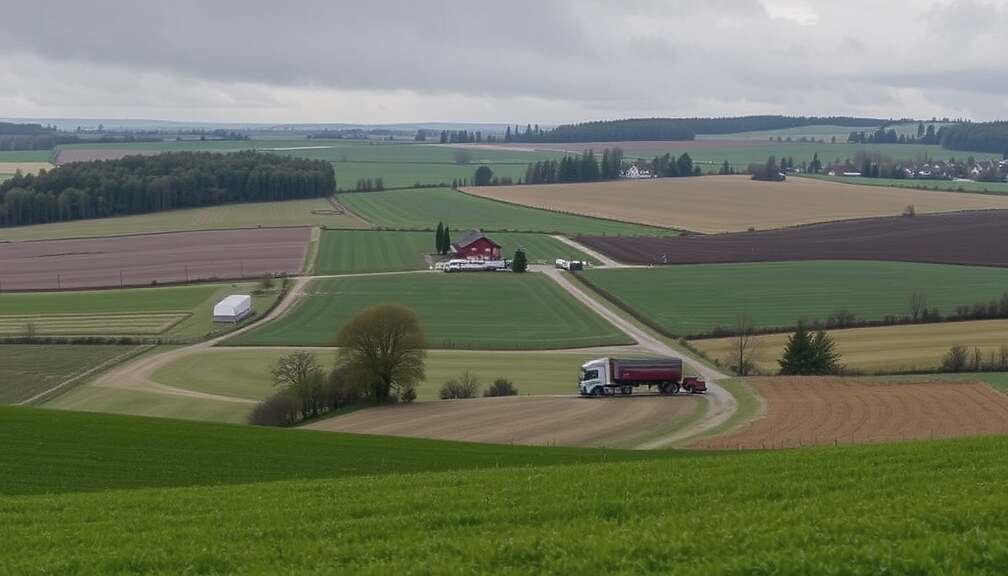The European Commission has formally lifted the final remaining Zone II restriction area for African Swine Fever (ASF) in Saxony, marking a significant, albeit cautious, step in combating the disease’s spread across the region. Five years after the initial confirmation of ASF in Saxony, the move signals a reduction in the most stringent containment measures, as confirmed by the Saxon Ministry of Social Affairs on Thursday.
While the lifting of Zone II represents a considerable achievement, persistent challenges remain. Two designated Zone I buffer areas continue to be enforced, specifically surrounding the last documented active ASF case within the Bautzen district and along the Polish border in the Görlitz district. This narrowing of the restricted zone has resulted in a decrease in area from 1,487 square kilometers to 1,056 square kilometers, demonstrating a degree of localized control.
Saxon Minister for Social Affairs, Petra Köpping of the SPD, lauded the decision as “another major success” but emphasized the need for continued vigilance. The ongoing presence of Zone I restrictions, combined with the maintenance of a protective corridor along the Polish border – demanding stringent monitoring and mandatory negative ASF testing for deceased or found wild boar – highlights the ongoing risk posed by illegal imports and cross-border transmission.
Critics argue that the emphasis now shifts to preventative measures and international cooperation. The effectiveness of Saxony’s “fallwildsuchen” (active carrion searches) by hunters and the accelerated dismantling of existing wild boar fences, intended to limit movement, are now paramount. Public concerns surrounding potential economic impacts on the pork industry and the sustainability of ongoing monitoring programs are also gaining traction.
The lifting of Zone II, while politically advantageous and a testament to reactive efforts, underscores the vulnerability of Germany’s agricultural sector to transmissible animal diseases and raises questions regarding the adequacy of long-term preventative strategies and the strength of border controls to safeguard against future outbreaks. The continued reliance on hunter participation and mandatory reporting of deceased wild boar signals a dependency on citizen action, reflecting a potential fragility in the wider containment effort.












